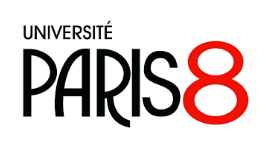12h00
Salle 124
Lien zoom : https://univ-paris8.zoom.us/j/97641612961?pwd=MnI3VVFmdk02N1VYeUtON3ZqelhVZz09
Abstract
The project Through the Hands of Signers addresses the dearth of knowledge about historical sign language linguistics through a large-scale study of the social and linguistic histories of SLs in Europe and West Africa. The aim is to generate a broad, cross-linguistically validated model of the spread and change of SLs over time, which scholars can use to model historical linguistics beyond communicative modality.
Sign languages differ importantly from spoken languages in their transmission. In communities with hereditary deafness, family-based transmission across generations predominates. Elsewhere, deaf schools typically serve as the main hubs for the transmission and diffusion of signs, and sign languages with a shared history of deaf education may share signs as a result. Moreover, a variety of school policies is found to have a large impact on sign language transmission. The complexity of sign language transmission and its impact on the development of a global web of related and unrelated sign languages requires a diversity of approaches to answer the question: How do sign languages change and spread over time, and how is this influenced by their transmission history? To answer this question, we need to combine a number of different research fields, including historical linguistics, historical sociolinguistic research, ethnographic fieldwork, and machine learning to scale up our observations. This includes the use of the many historical sign lists that were compiled in the first century of deaf education. Such lists are actually rediscovered in a growing number of countries, including for sign languages that are now extinct.
Much of this history of sign languages and their communities is stored in the memories of the oldest generation of deaf signers. Documenting these memories is urgent and vital for safeguarding the immaterial heritage of deaf communities.
L'interprétation Anglais-LSF est assurée.



